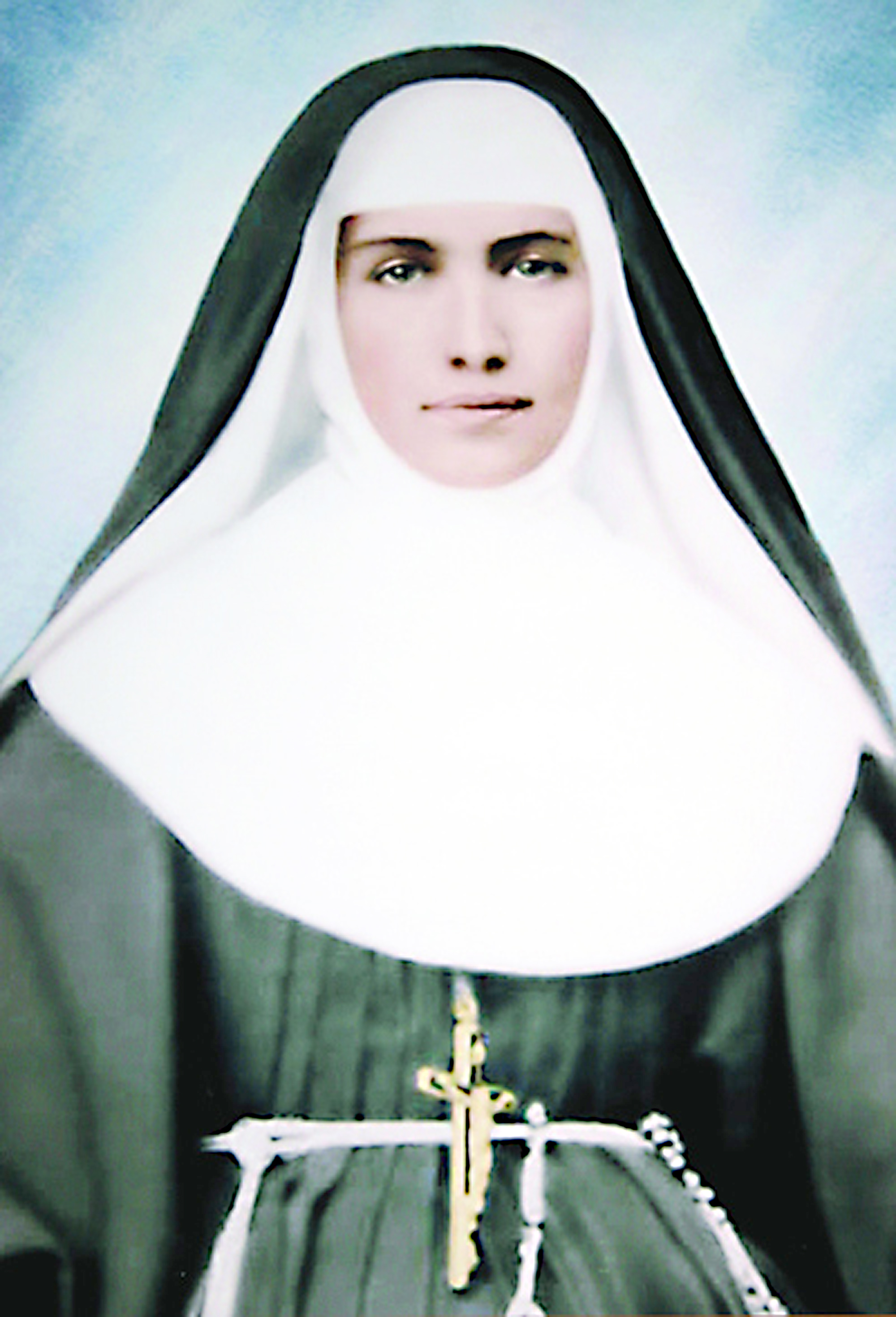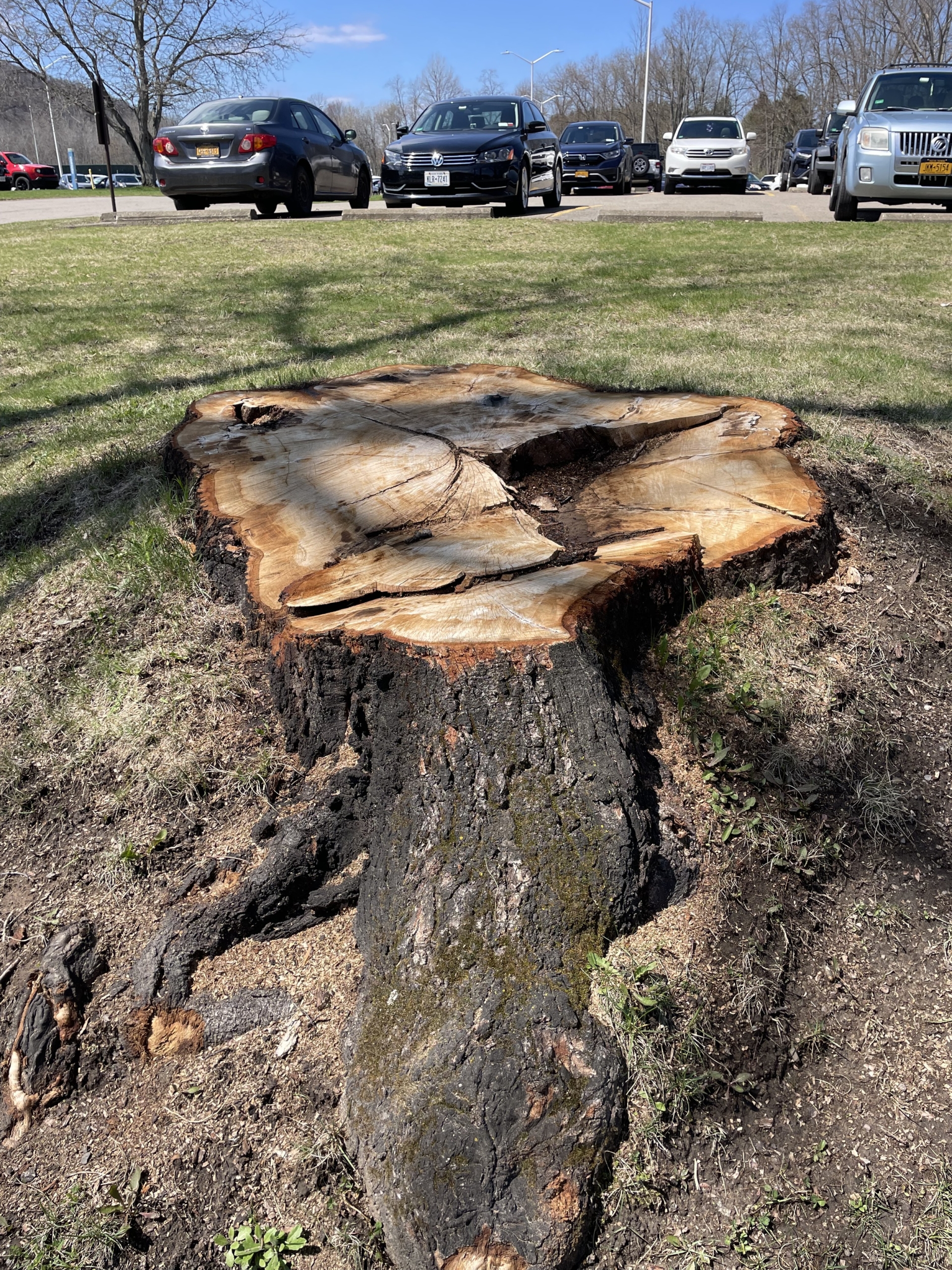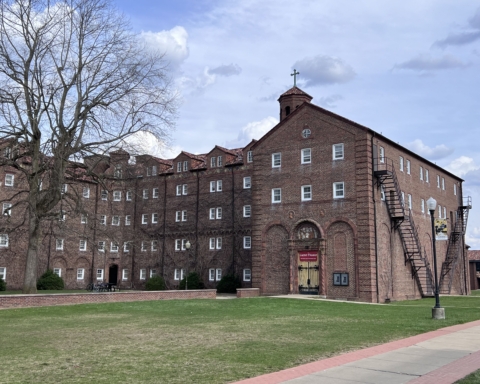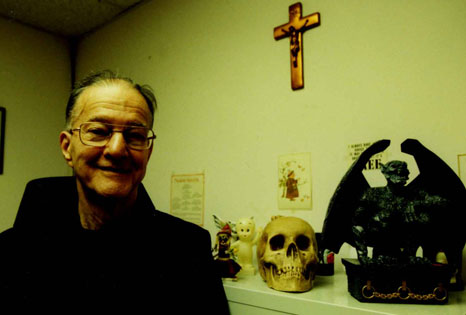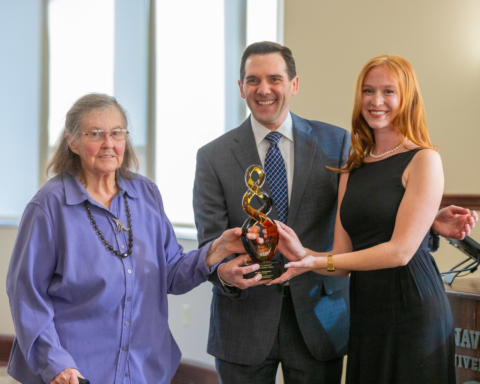By Kerri Linsenbigler
Features Editor
On Oct. 21, the Pope canonized seven new saints, including St. Marianne Cope, the first American Franciscan saint. To honor the legacy of St. Marianne, Bonaventure will host the Southern Tier premiere of a documentary profiling her holy life Dec. 3 at 7 p.m. in the Regina A. Quick Center for the Arts.
“We are the nation’s premier Franciscan university,” said Emily Sinsabaugh, vice president for university relations. “We are also the home of the Franciscan Institute, which is an internationally regarded academic institute that studies the Franciscan tradition. So, to the extent that something was being developed that will contribute to the modern-day Franciscan ideals and traditions, we wanted to be a part of it.”
Bonaventure began its partnership with the filmmakers of “A Saint for Central New York” as sponsors of the documentary. Along with the CBS, NBC and CW affiliates of Syracuse, Bonaventure helped make the film possible, Sinsabaugh said.
“We thought that aligning ourselves with that project was very mission centered and something that we wanted to help support to ensure that it could happen,” she said.
The life of St. Marianne is a story that needed to be told, according to Brother Ed Coughlin, O.F.M.
St. Marianne was born in Germany, but she immigrated to Utica, N.Y. at a young age. She then joined the religious order of the Sisters of Saint Francis of the Neumann Communities in Syracuse. Over the course of her religious life, St. Marianne became an expert in the health care field and helped to open a Franciscan hospital in Syracuse, according to Brother Ed.
After years of serving the sick in New York, St. Marianne felt called to Hawaii to minister to a leper colony with St. Damien, Brother Ed said. Along with her fellow Sisters, St. Marianne moved to the remote location of Molokai, Hawaii to help those affected by Hansen’s disease (leprosy).
“The Sisters would come along because of their background and professional training and experience in nursing,” Brother Ed said. “I just can’t imagine what it was like to have to live there.”
Brother Ed traveled to Molokai to experience the extreme seclusion for himself. Molokai is a peninsula separated from the rest of the island by a large wall of rock, Brother Ed said. When St. Marianne lived there more than a hundred years ago, the only way to reach Molokai was by boat.
“One of the things I was very touched by on my visit was you go to this very remote location,” Brother Ed said. “You have this incredible sense of how isolated you would be living there. You really had no way to leave that area.”
Despite the remote location and general fear of Hansen’s disease, St. Marianne ministered to the sick of Molokai for the remainder of her life. It is considered by many to be miraculous that neither she nor any of her Sisters contracted the disease while working in Hawaii.
Brother Ed said the sacrifices made by these Sisters should be celebrated.
“It’s hard for us to imagine how much more challenging life was in America 100 years ago,” he said. “For them to choose even less than that is an incredible sign of faith. There’s a real poverty of spirit, and a witness to the fact that maybe we don’t need as many things as we think we do to have a quality of life.”
Besides the screening of “A Saint for Central New York,” there will also be a talk with the producers or the hosts of the film, Sinsabaugh said. This will give the audience the chance to get a behind-the-scenes look at the production of the documentary.
According to Sinsabaugh, the Southern Tier premiere will give locals the opportunity to view the documentary for the first time. “A Saint for Central New York” originally aired in the Syracuse region on Thanksgiving Day, but the entire film has yet to be shown anywhere else. Sinsabaugh suggests reserving tickets for Monday’s show, as a large turn-out is expected.
“Unless you live in the Syracuse market, you can’t see the documentary,” Sinsabaugh said. “We knew there would be a nice audience for it in the Southern Tier with the large number of people who are aligned with the Franciscan tradition here, including the Franciscan Sisters of Allegany.”

